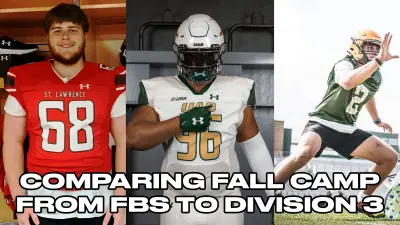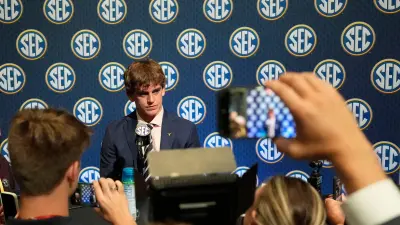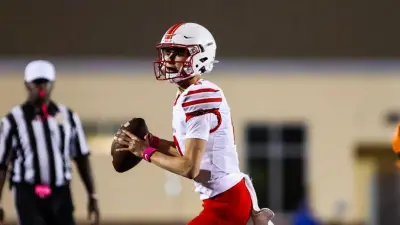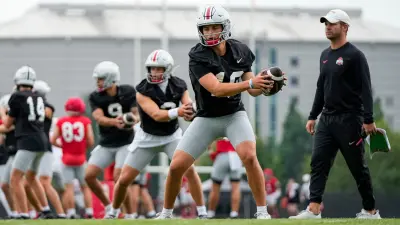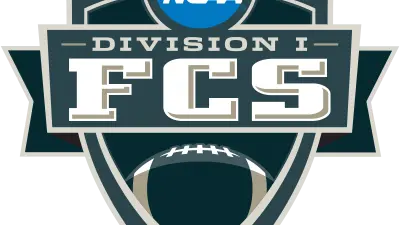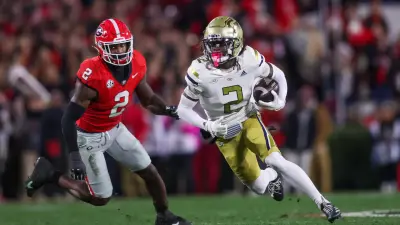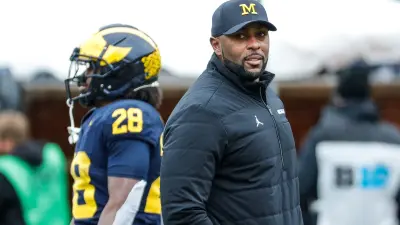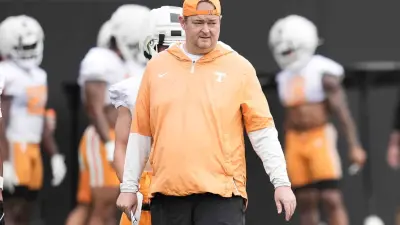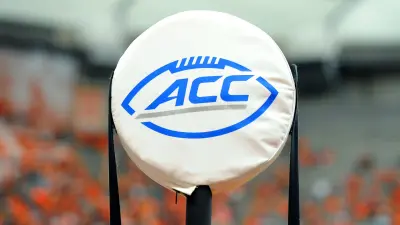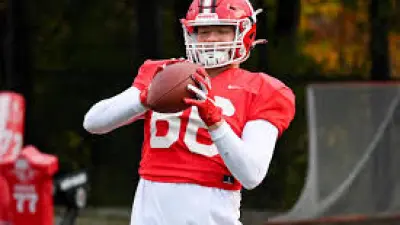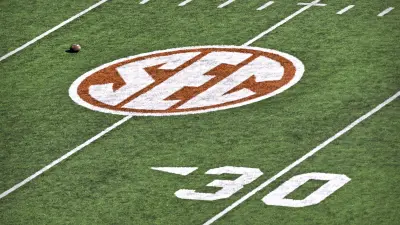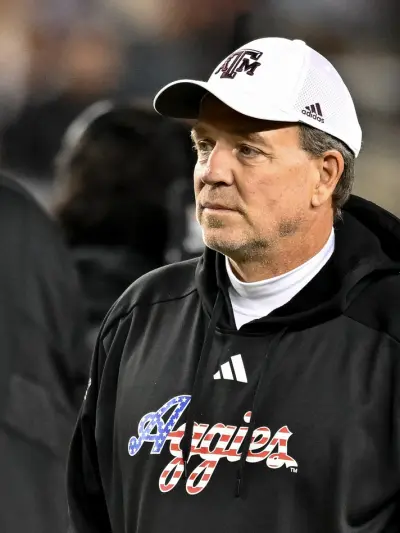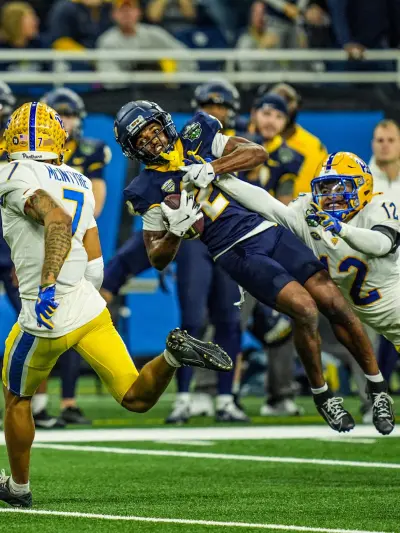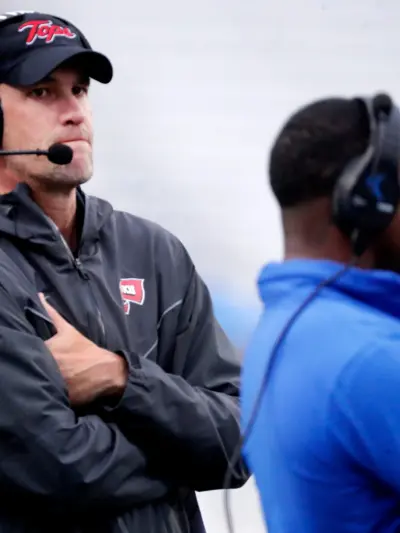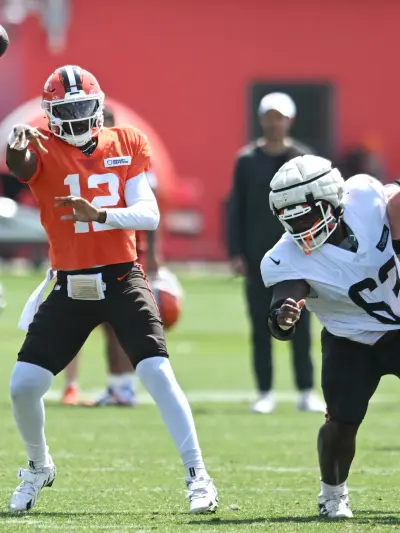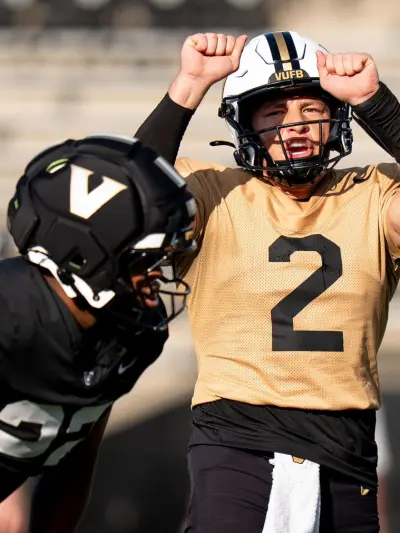By: Alec Nederveld
After an athlete’s recruitment concludes, their first experience with the team is fall camp. It’s a different ball game than any practices they’ve seen in high school. Your life becomes completely devoted to football – whether you like it or not. Long days are spent doing just about everything with your team before getting a well-earned rest.
A lot is made of this transition, so I talked to three freshmen to discuss the change. D3’s Hunter Thompson and Ian Herrera, play for St. Lawrence University and SUNY Brockport, respectively. I also spoke with Connor Knight, a member of the UAB football team.
Spending Time in Fall Camp
I started the second round of interviews by asking what the biggest adjustment to fall camp was, and I got a consistent answer. Time management. It doesn’t matter how much you love football. It is overwhelming to spend half of your day doing things for the sport. I also got one day’s schedule from each athlete to understand what they did each day in fall camp.
All three days started before 8 a.m. with a team breakfast, before heading to either meetings or practice. All of the athletes had three team meals, walkthroughs, lifts, special teams meetings, offense/defense meetings, and a team meeting.
All the athletes would be finished by 9 p.m. and get the rest of the night to themselves, although most of the time would be spent sleeping. There is also about an hour for breaks during the day. Other than starting with breakfast, the schedules varied, but that is a preference of the coaching staff more than anything else.
While it may seem that football is the only thing going on for the athletes, as classes haven’t started and most students haven’t arrived, this is not true. It can be hard to manage relationships outside of football. Adding to this is the adjustment to dorm life. It’s an adjustment to live by yourself/with a roommate for the first time, and it’s hard to figure that both out while spending so much time on football.
More Sports News
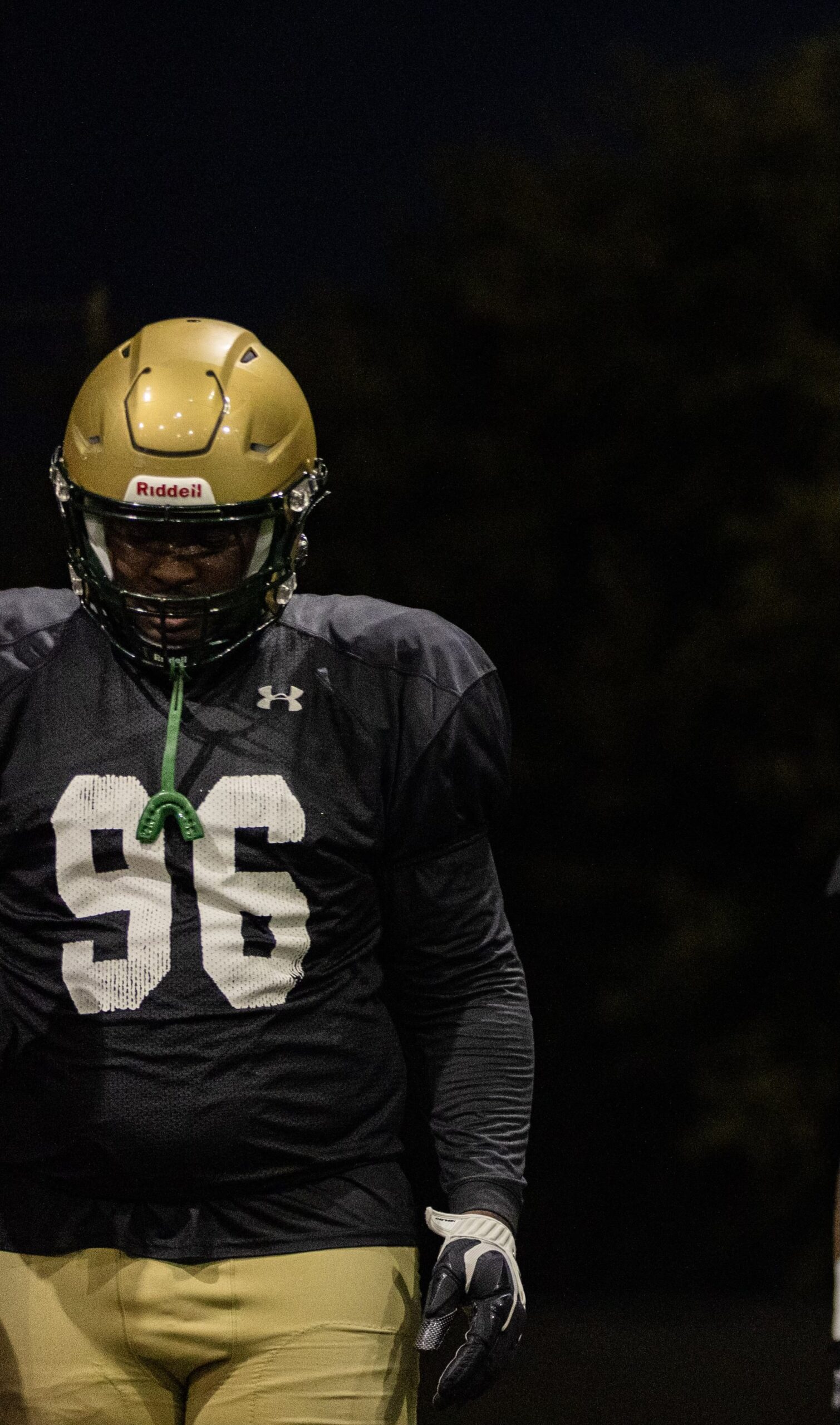
On The Field Adjustments
With these challenges, the leap to college football is difficult, but one athlete was better at it than the others. Connor Knight, an alum of Alabama’s prestigious Hewitt-Trussville HS alum stated: “It’s definitely a big jump, but I feel like I played at a top-end high school, so I feel like I was more prepared than others.”
The other two, graduates of a school less known for football in Liverpool HS, located in Upstate New York, felt the jump to a higher talent level more. Ian Herrera specifically called the skill gap “massive” and brought up how “every single person on the team was the best or one of the best players on their high school team,” and now they’re all fighting to get on the field.
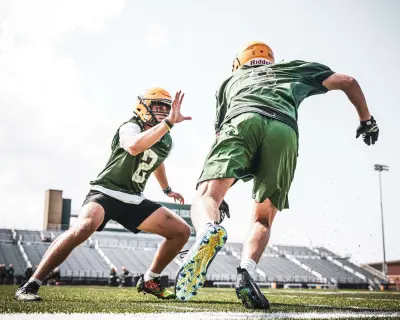
At the D1 level, Knight noticed something different about fall practice:
“Everything moves like a business. In high school, after you leave practice you might go play the games with friends, you might go out to eat or something, you know, do things outside of football. Now it’s like football, football, football during fall camp.”
This makes a ton of sense. UAB will make millions of dollars from TV revenue, plus more from ticket sales, merchandise, and more compared to pennies on the dollar from the D3 schools. With that, and incentives such as bowl games to generate more revenue, there is a lot of pressure on the coaches to perform. From there, that pressure goes to the players during fall camp.
Despite the difficulties of the long fall camp, it also brings advantages. Hunter Thompson emphasized that “You really do get to focus on just football and nothing else… You have no other responsibilities or anything, just football, so that helps you learn everything that you need to learn and understand the system.”
There’s almost a beauty in fall camp. Focusing on just football for weeks at a time. Grinding in the dark before you can put the pads on for your school and get yourself known around campus. Yes, it’s difficult, but it’s a shared experience that brings teams closer together and makes them better in a similar way to basic training in the military.
A difference from D3 fall camp that was especially surprising to me was scrimmages. Almost all football teams, from Pop Warner to the NFL, have at least one scrimmage before the season starts, but FBS schools are a notable exception. Both St. Lawrence and Brockport had a scrimmage against a fellow D3 team, and I assume it’s a common practice throughout D3.
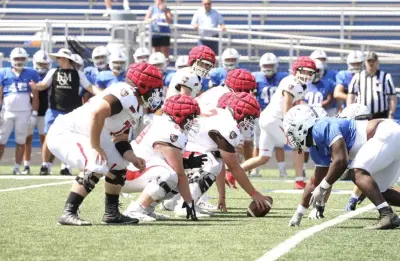
Coaches like Hugh Freeze have proposed turning spring games into charity scrimmages against other teams, but nothing has happened yet. In my opinion, this is something that D3 schools do well. Getting a chance to compare yourself to another team and hit somebody else will always beat an inter-squad scrimmage.
Hugh Freeze on his spring game proposal @abc3340
"Let Alabama play Troy and we play UAB or vice versa" pic.twitter.com/tl7lx57qZ1
— Chris McCulley (@ChrisMcCulleyTV) April 3, 2023
The Takeaway
From the admittedly small sample size, there were fewer differences between the FBS and D3 fall camps than I expected. The teams were together at the same time and did the same things. I was also very surprised about the D3 scrimmages. I thought there weren’t any college teams who had scrimmages, and it’s something D3 schools have done right.
Stay tuned for the final part of the series, which will be comparing their first game and game week.
